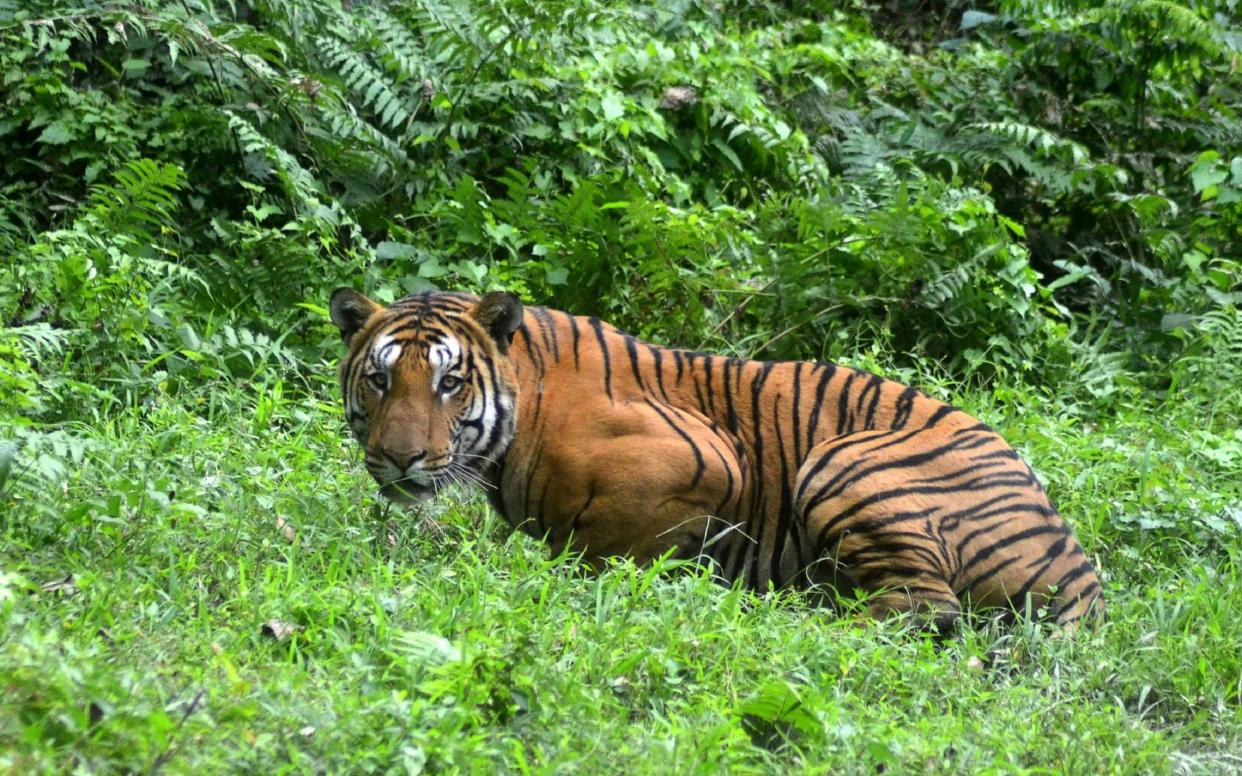Paper tigers: India's big cat surveys 'over reporting numbers'

Surveys of India's tiger population that have cheered conservationists by reporting sharp rises in numbers may have exaggerated, an investigation claims.
The survey team may have double-counted scores of tigers by misinterpreting camera trap photographs, according to an analysis of the counting method.
Narendra Modi, India's prime minister, in July hailed an “historic achievement” after tiger numbers were reported to have risen from 2,226 in a 2015 survey, to 2,967 this year.
Officials said they were confident in the numbers because more than four-fifths of those counted had been photographed by 26,000 cameras set up in known tiger habitats.
But an analysis by experts for the Delhi-based daily Indian Express has now claimed the earlier 2015 survey had over-counted tigers by as much as 16 per cent.

Mistakes including double-counting, or including unidentifiable cats, meant that 221 of the tiger photos in 2015 should have been discarded, wildlife experts told the paper. The photographs for the latest survey have not been released, but the results cast doubt on the counting process, the paper said. If similar mistakes were made this year, the survey could have over counted by hundreds.
The investigation found India's tiger population was “undoubtedly on the rebound thanks to better protection and monitoring over the last 15 years”. Yet it warned the analysis “puts a question mark on the counting process”.
India promised in the 2010 St Petersburg Declaration to double its big cat population by 2022. As recently as 2010, the number of Indian tigers had plummeted to 1,706.
To create new safe habitats for the creatures, the government has designated 140 new protected areas since 2014. Community reserves – buffer zones between protected areas so that tigers can migrate and reproduce – have also more than doubled.
Indian authorities have taken a harder line on poaching in recent years and those caught on camera are sentenced to seven years in prison.
The government has set up funding to compensate villagers for re-settling in areas away from tigers, and introduced stricter laws around tiger tourism.

